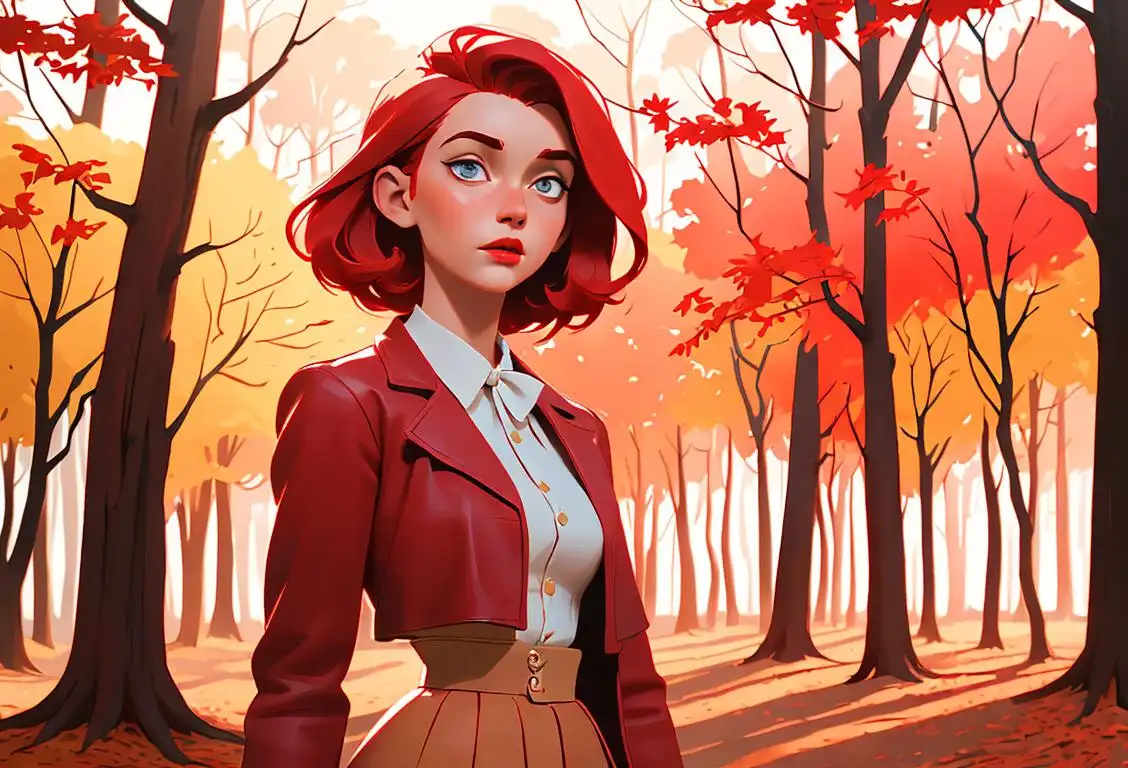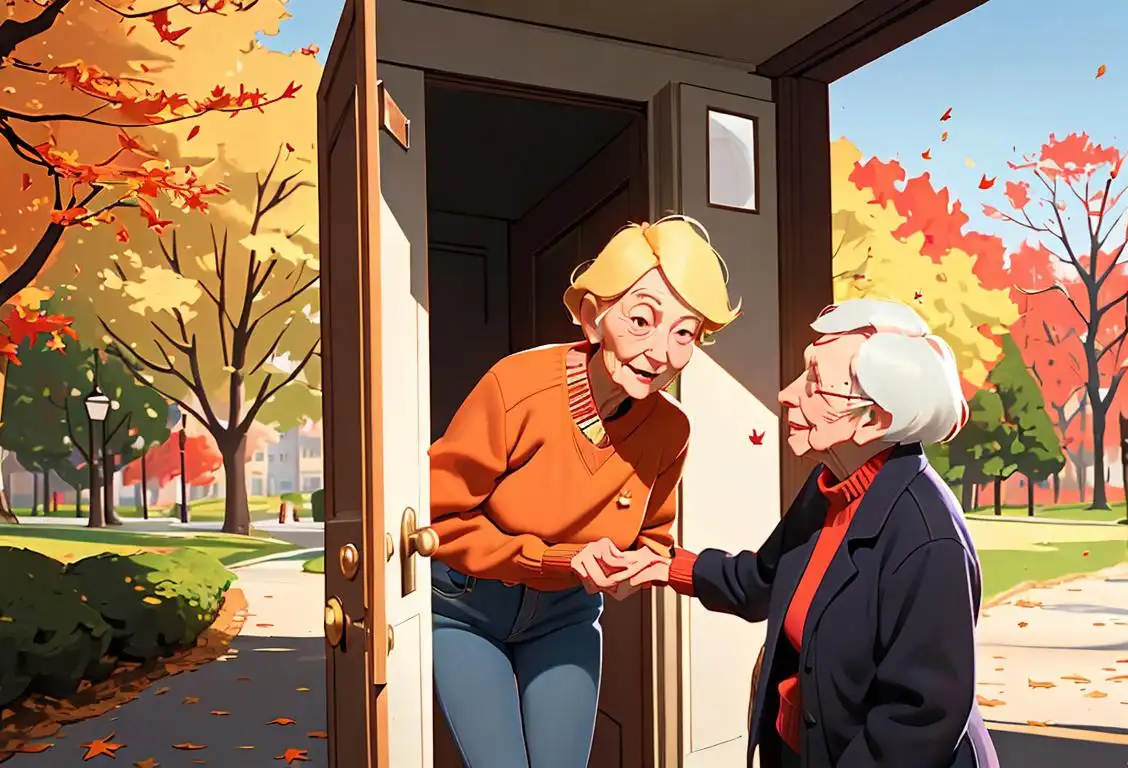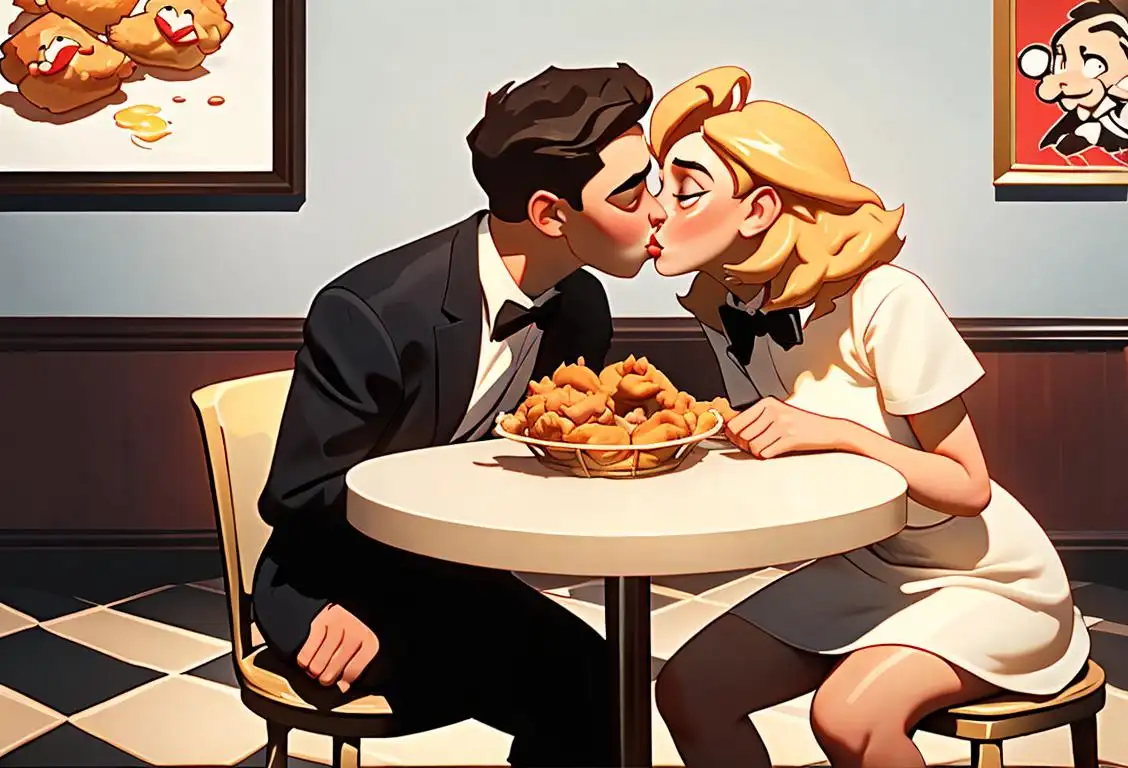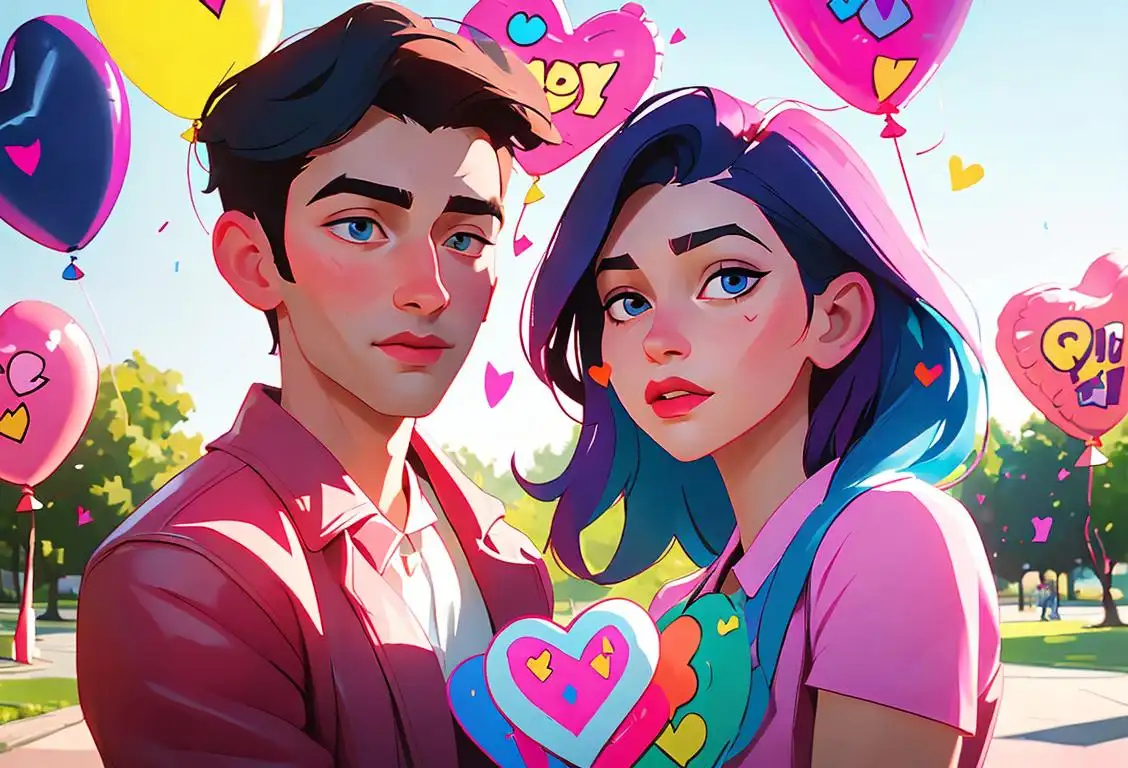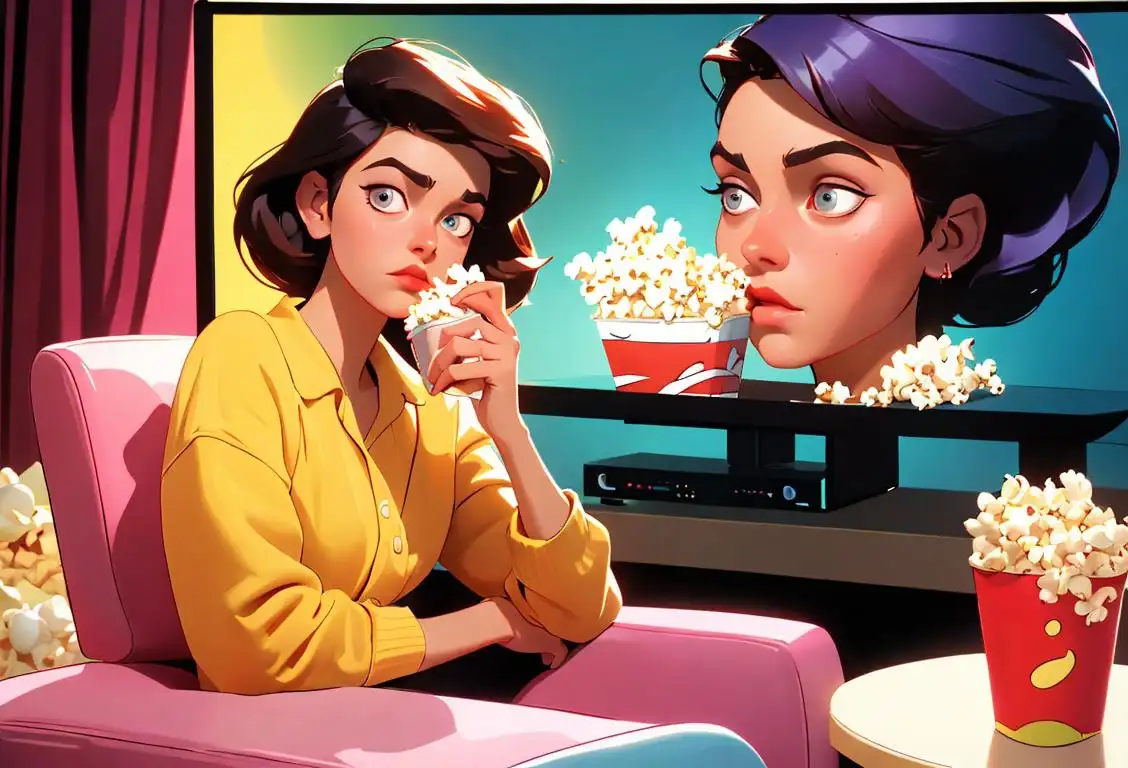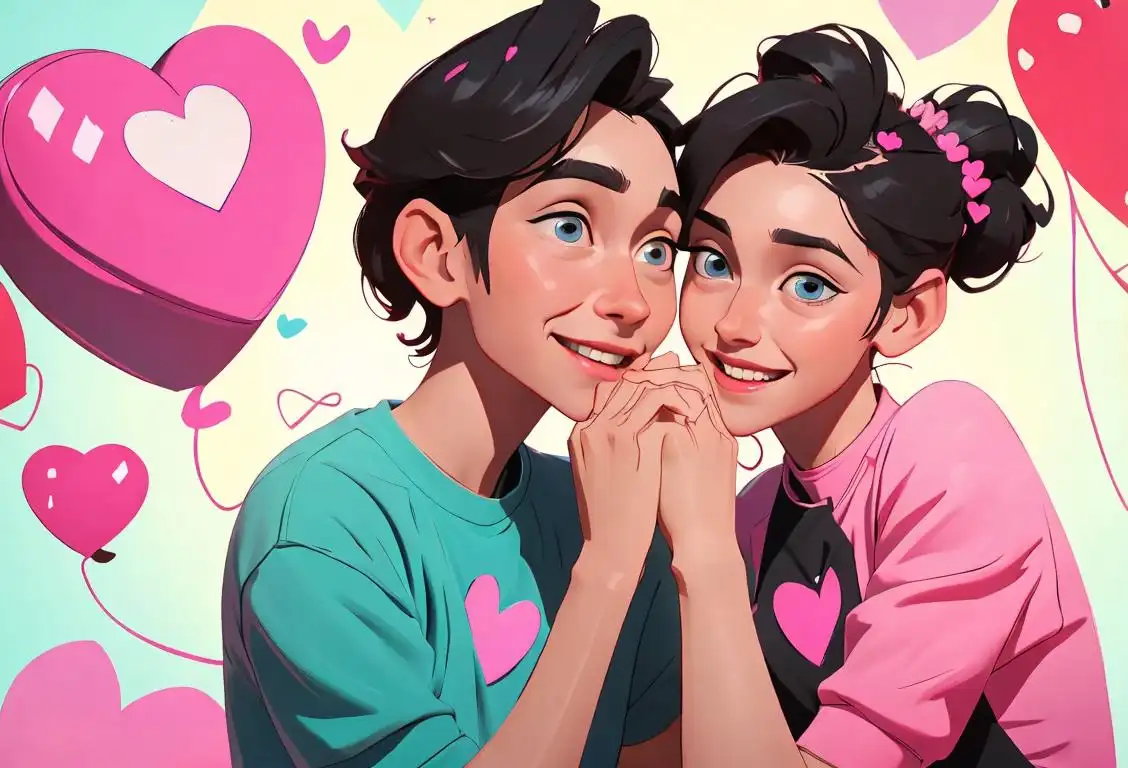National True Blue Day
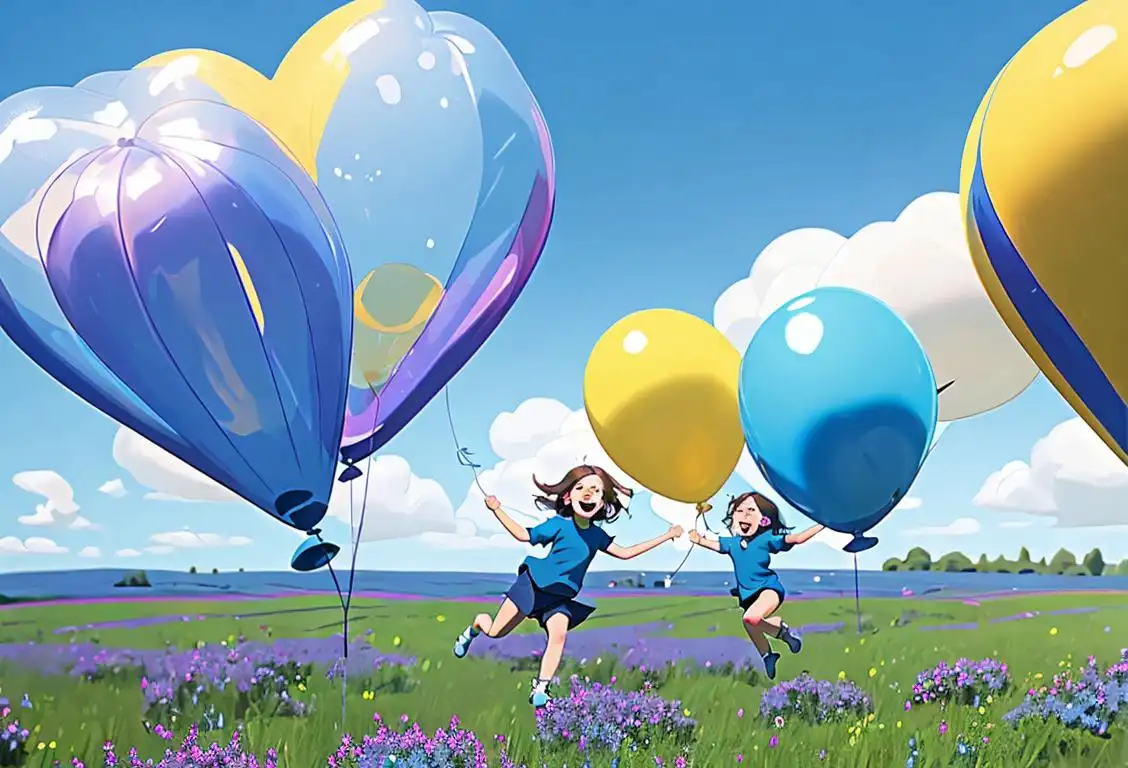
Hey there, folks! It's time to celebrate National True Blue Day! This is a day to embrace all things blue and have a jolly good time. Whether you're feeling blue or just want to show your love for the color, this national day is perfect for you! So, put on your blue hats and get ready to dive into the blueness of this special day.
When is True Blue Day?
It's national true blue day on the 18th April.
What is National True Blue Day?
National True Blue Day is a wonderful occasion that honors the color blue in all its glory. Blue is often associated with calmness, trust, and serenity. On this day, people from all around the world come together to appreciate the beauty and versatility of blue.
The Internet History of National True Blue Day
Believe it or not, National True Blue Day has its roots in the vibrant world of the internet. Created to spread some color and cheer online, this national day gained popularity through social media platforms like Twitter, Instagram, and Facebook. People started sharing their love for the color blue using the hashtag #TrueBlueDay, and the trend quickly caught on.
How to Celebrate
Ready to celebrate National True Blue Day? Here are a few fun ideas to make your day extra blue-tiful:
- Dress in Blue: Show your true blue spirit by wearing your favorite blue outfit from head to toe! From blue shirts to blue shoes, the possibilities are endless.
- Blue Food Fiesta: Tickle your taste buds with an array of blue treats. Blueberries, blue cupcakes, blue ice cream - let your creativity run wild!
- Blue Decorations: Spruce up your home or workspace with blue decorations. Try blue streamers, balloons, and fairy lights to create a magical ambience.
- Blue-Themed Movie Night: Gather your loved ones and organize a movie night featuring blue-themed films. Think 'Avatar,' 'The Smurfs,' or 'Finding Nemo.'
- Get Crafty: Unleash your inner artist and create some blue-tiful artwork. Paint a serene blue landscape or craft a blue-themed collage.
No matter how you choose to celebrate, don't forget to spread the joy on social media using the hashtag #TrueBlueDay. Let's paint the internet blue together!
History behind the term 'True Blue'
1567
Origin in Scotland
The term 'true blue' originates in Scotland during the reign of Mary, Queen of Scots. Blue was the official color of the Scottish flag, and loyal supporters of the Queen came to be known as 'true blue'.
16th century
Origin in England
The term 'true blue' originated in England in the 16th century. It was initially used to refer to the color blue in heraldry, symbolizing loyalty, faithfulness, and constancy. The term 'true' was added to emphasize the authenticity and genuineness of the color.
1577
Origins in the English language
The term 'true blue' first appeared in the English language during this year. It was derived from the phrase 'to be blue', which was used to describe someone who was superstitiously magnanimous, kind, or loyal. This early usage of 'blue' as a positive attribute paved the way for the term 'true blue' to come into existence.
17th century
Spread to England
During the 17th century, the term 'true blue' spread from Scotland to England. It was used to describe individuals who were fiercely loyal to the monarchy and the Anglican Church.
1664
Association with loyalists
During the reign of King Charles II in England, the term 'true blue' became associated with those who were loyal to the monarch and the ruling establishment. The phrase was used to describe individuals who were staunch supporters of the Crown and its policies. It gained popularity as a symbol of loyalty and devotion.
17th century
Political Connection
In the 17th century, the term 'true blue' gained a political connotation. It was associated with the members of the Tory political party in England, who wore blue ribbons or clothing items to express their allegiance. The color blue became a symbol of their conservative values and loyalty to the monarchy.
1780
Inclusion in Oliver Goldsmith's play
The phrase 'true blue' found its way into popular culture when Oliver Goldsmith, an Irish playwright and novelist, incorporated it into his play titled 'The Good-Natur'd Man'. The play, first performed in 1768, featured a character who referred to himself as 'true blue'. This further increased the visibility and recognition of the term.
18th century
True Blue Revolutionaries
During the American Revolution in the 18th century, the term 'true blue' took on a new meaning. It became associated with the patriot revolutionaries who fought for American independence. Some accounts suggest that the phrase originated from the blue-colored uniforms worn by certain American militia units.
Late 18th century
Association with political loyalty
In the late 18th century, 'true blue' took on a new meaning in Britain. It became associated with political loyalty to the Tory party. Supporters of the Tories were referred to as 'true blues' due to their unwavering allegiance.
19th century
Spread across the Commonwealth
Throughout the 19th century, the term 'true blue' spread across the British Commonwealth. It became a way to describe someone who was sincerely loyal, faithful, and trustworthy. The phrase was often used to signify unwavering support and allegiance.
1800s
Emigration to America
As the 19th century arrived, the term 'true blue' made its way across the Atlantic as part of British emigration to America. In the United States, it continued to be associated with loyalty and patriotism, being particularly used to describe individuals who remained loyal to the Union during the American Civil War. It became ingrained in American culture as a symbol of unwavering allegiance.
19th century
Symbol of steadfastness and loyalty
During the 19th century, 'true blue' evolved into a broader symbol of steadfastness and loyalty. It was used to describe individuals who remained true to their principles and beliefs, regardless of the circumstances.
20th century
International Popularity
In the 20th century, 'true blue' gained international popularity as a descriptive term. It transcended political boundaries and became synonymous with dependability, honesty, and authenticity. The term was adopted in various contexts, including sports teams, corporate branding, and cultural references.
Late 20th century
Widespread usage
During the late 20th century, the term 'true blue' became more commonly used to describe someone who is reliable, trustworthy, and steadfast. This broader usage detached it from its historical connection to loyalty and patriotism, instead emphasizing the qualities of dependability and authenticity. Today, 'true blue' is a widely recognized idiom used in various contexts to refer to someone who is genuinely committed and loyal.
20th century
International recognition
In the 20th century, the term 'true blue' gained international recognition. It entered popular culture and was used in various contexts, including sports teams, patriotic slogans, and advertising campaigns.
Present Day
Continued Usage
Today, 'true blue' continues to be used in colloquial language to describe someone who is loyal, trustworthy, and unwavering in their beliefs. It remains a popular phrase with cultural significance in English-speaking countries and beyond.
Did you know?
Did you know that blue is the world's favorite color? According to various surveys, blue consistently ranks at the top as the most popular color. So, you're in good company if you're celebrating National True Blue Day!Tagged
romance fun loved onesFirst identified
18th April 2017Most mentioned on
18th April 2017Total mentions
16Other days
Love Your Red Hair Day
Do Something Nice Day
Suicide Prevention Month Day
Kissing Fried Chicken Day
Kiss A Ginger Day
Iloveyou Day
Compliment Day
Happiness Day
Tv On The Same Day
Boyf Day
